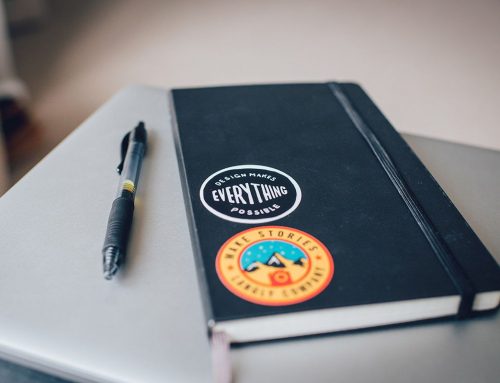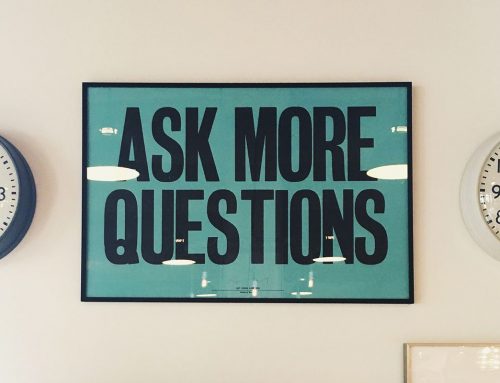When is creative too creative?
Latest Articles
April 24, 2024
Creativity is a powerful tool in design and communication, but like any tool, it can be overused or misapplied. Here are some situations where creativity might be considered “too creative”:
- Poor User Experience (UX): When creativity hinders usability, navigation, or accessibility, it can frustrate users. For example, overly complex navigation menus or unconventional layouts that confuse visitors.
- Misalignment with Brand or Message: Creativity should enhance, not overshadow, your brand identity or message. If a design is so creative that it distracts from the core message or misrepresents the brand, it may be too much.
- Lack of Clarity: Creative elements should effectively communicate information. If they obscure or confuse the message, they’re not serving their purpose. For instance, using cryptic symbols instead of clear labels.
- Inappropriate for Audience: What’s creative to one audience might be off-putting or inappropriate to another. Understanding your audience’s preferences and expectations is crucial to ensuring your creativity resonates positively.
- Technical Limitations: Sometimes, overly creative designs can be challenging to implement or maintain, leading to technical issues or performance problems.
- Legal or Ethical Concerns: Creativity should never compromise legal or ethical standards. Using copyrighted material without permission or employing deceptive design tactics can lead to serious consequences.
In essence, creativity should enhance the user experience, reinforce the message, and align with the audience and brand. When it detracts from these goals or causes problems, it might be considered “too creative.” Finding the right balance between creativity and functionality is key.
By What Else Blue DesignsPublished On: April 24th, 2024Categories: Latest Articles0 Comments on When is creative too creative?





